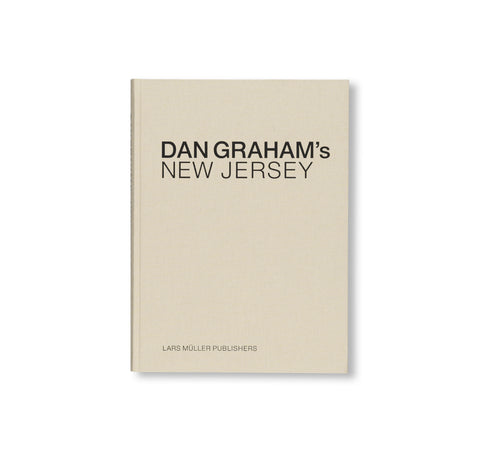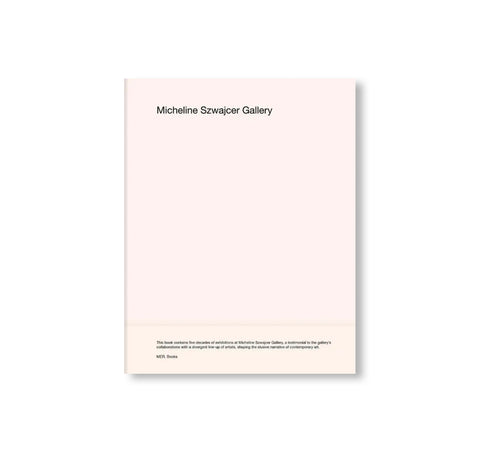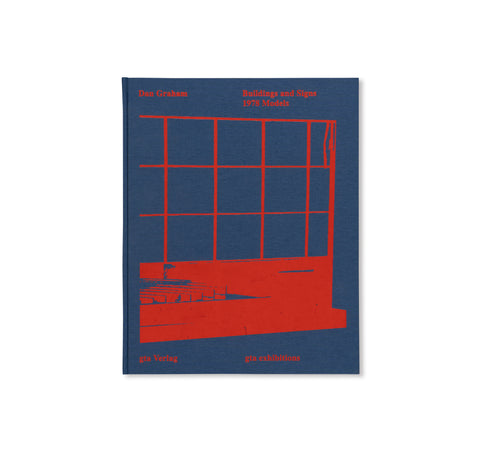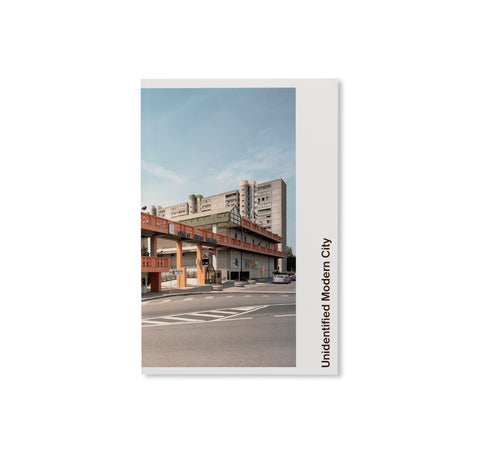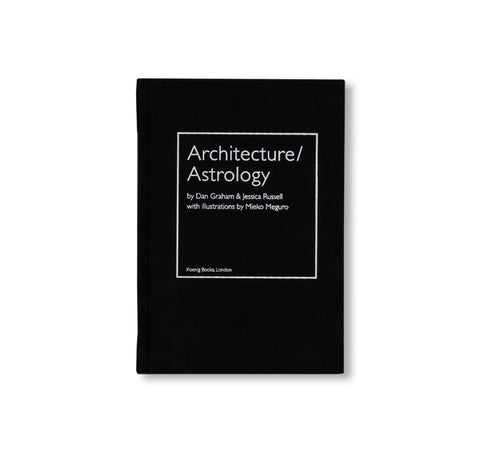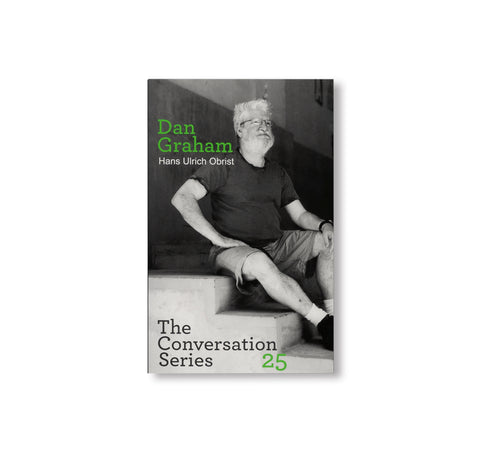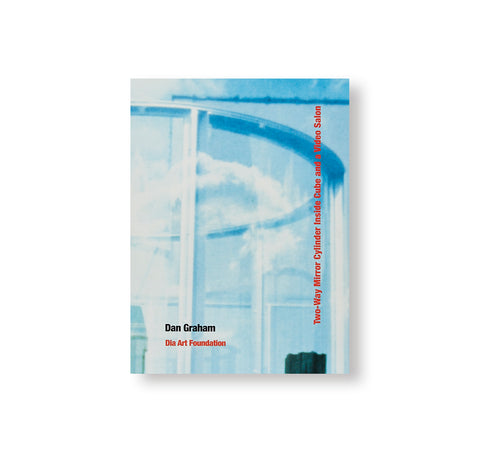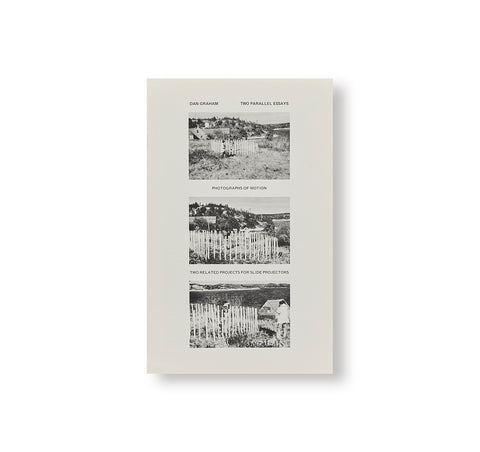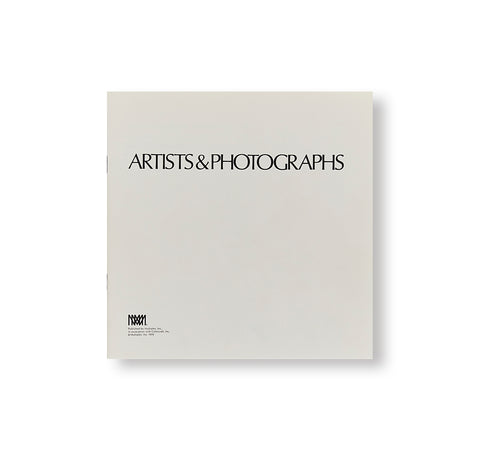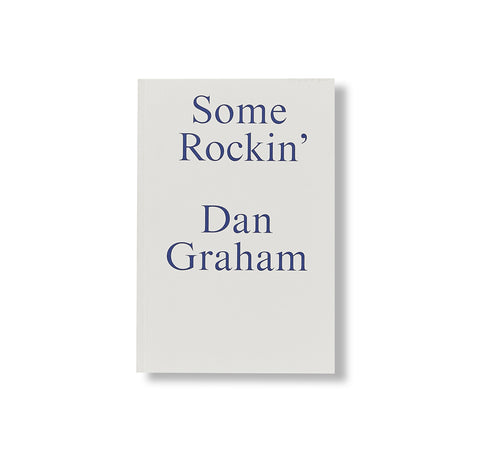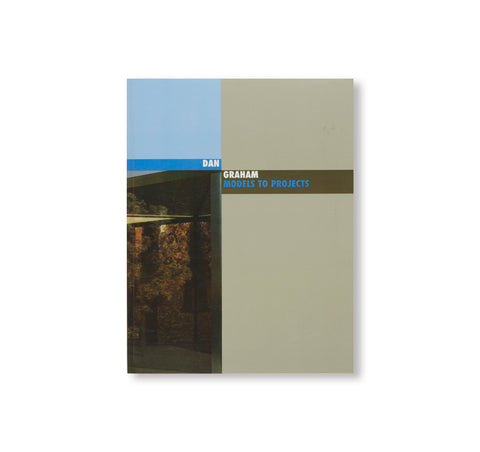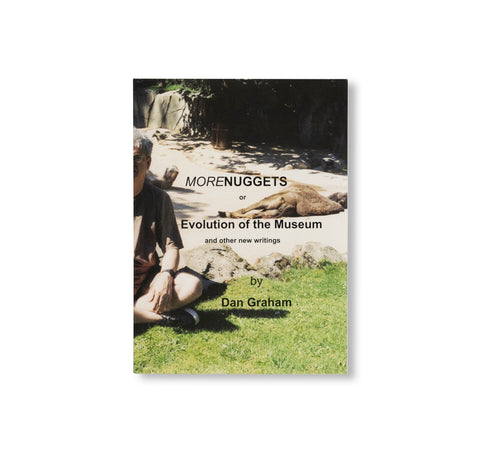THEATRE by Dan Graham
アメリカ人アーティスト、ダン・グレアム(Dan Graham)の作品集。1969年から1977年にかけて行われた作者の初期の7つのパフォーマンスを、作品ごとにメモ、記録、写真で記録。1978年に刊行された作品集の複製版として制作された本書は、パフォーマンス会場の中で個人によって、もしくは個人個人の間に作られる心理的・社会的空間に対し、問い直したり壊すことで生まれた作品に焦点を当てている。作者の作品の多くがそうであるように、この作品群もまた、文化的規範に対する批判として存在し、時間の経過とともに増幅していくありふれた社会的行為を利用して作られた多くのパフォーマンスがそこにはある。
Theatre is an artist book that documents seven early performances by Dan Graham taking place from 1969 to 1977 with notes, transcripts, or photographs for each work. Originally published in 1978, and produced here in facsimile form, the publication focuses on several key works that interrogate or undermine the psychological and social space created by, or between, individuals inside the performance venue.
Like most of Graham’s work, they also serve as a critique of cultural norms, with many of the performances utilizing quotidian, social acts that are amplified over time. For example, in Lax/Relax (1969), Graham’s subversion of West Coast new ageism, the artist chants “relax” in sync with a recording of a woman saying “lax” in a meditative manner, which implicates the audience into a group breathing exercise or hypnosis over the course of 30 minutes.
Throughout the ’70s, the artist engaged in a series of works that subverted the prescribed roles of the audience and performer by creating conditions in which each simultaneously functions as both (creating a type of feedback loop). Remarking on another work form this period, Graham once stated, “It begins with Minimal Art, but it’s about spectators observing themselves as they’re observed by other people.”* This paradigm is extended even further in Performer/Audience Sequence (1975) and Performer/Audience Mirror (1977), in which the artist performs by describing the audience as well as himself, creating conditions whereby the audience is performing for the artist as well as themselves.
Like (1971), Past Future Split Attention (1972), and Identification Projection (1977) are also featured in the publication.
Dan Graham (b. 1942) is an artist based in New York. Since the 1960s, he has produced a wide range of work and writing that engages in a highly analytical discourse on the historical, social, and ideological functions of contemporary cultural systems. Architecture, popular music, video, and television are among the focuses of his investigations, which he articulates through essays, performances, installations, videotapes, and architectural/sculptural designs.

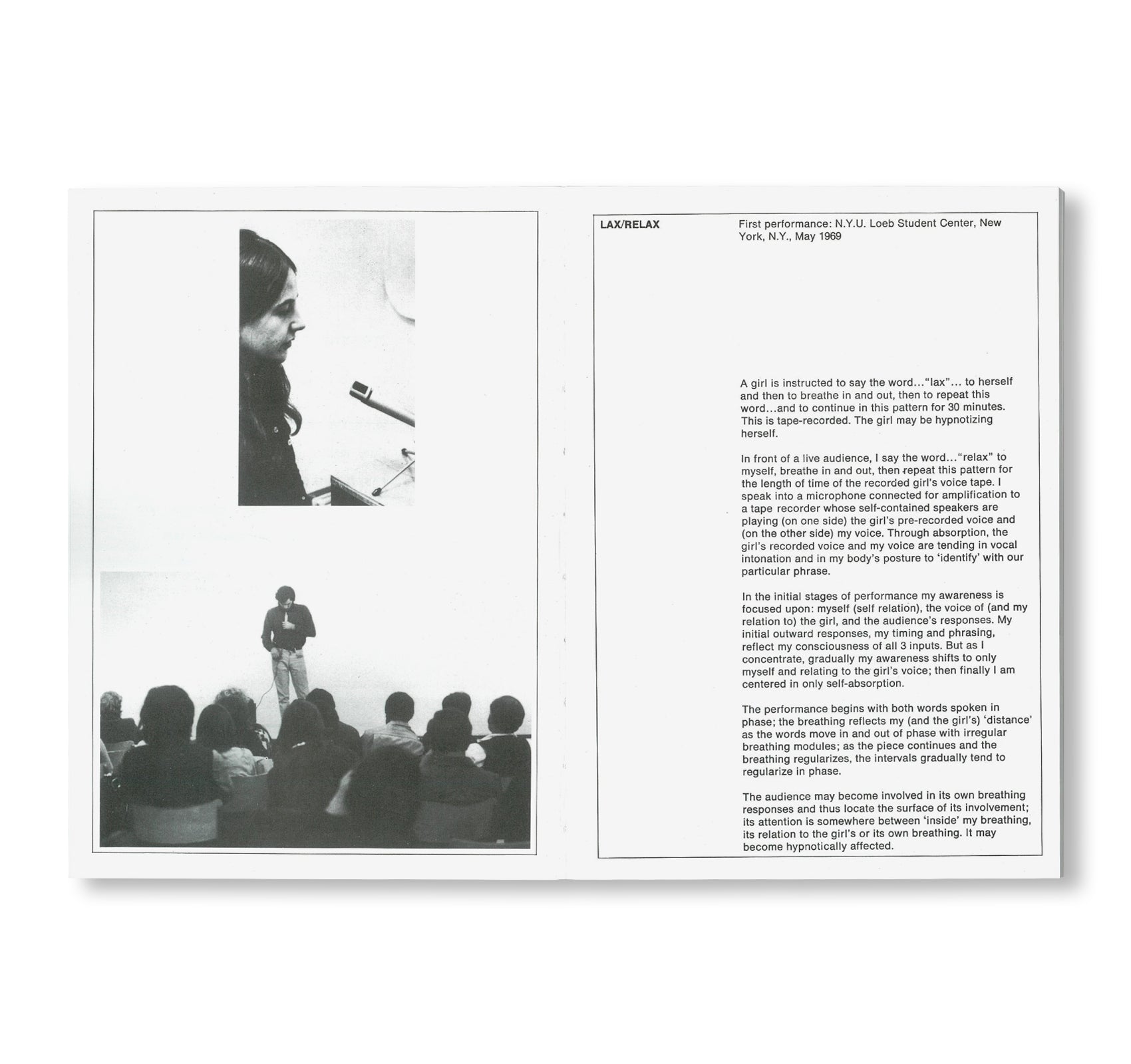
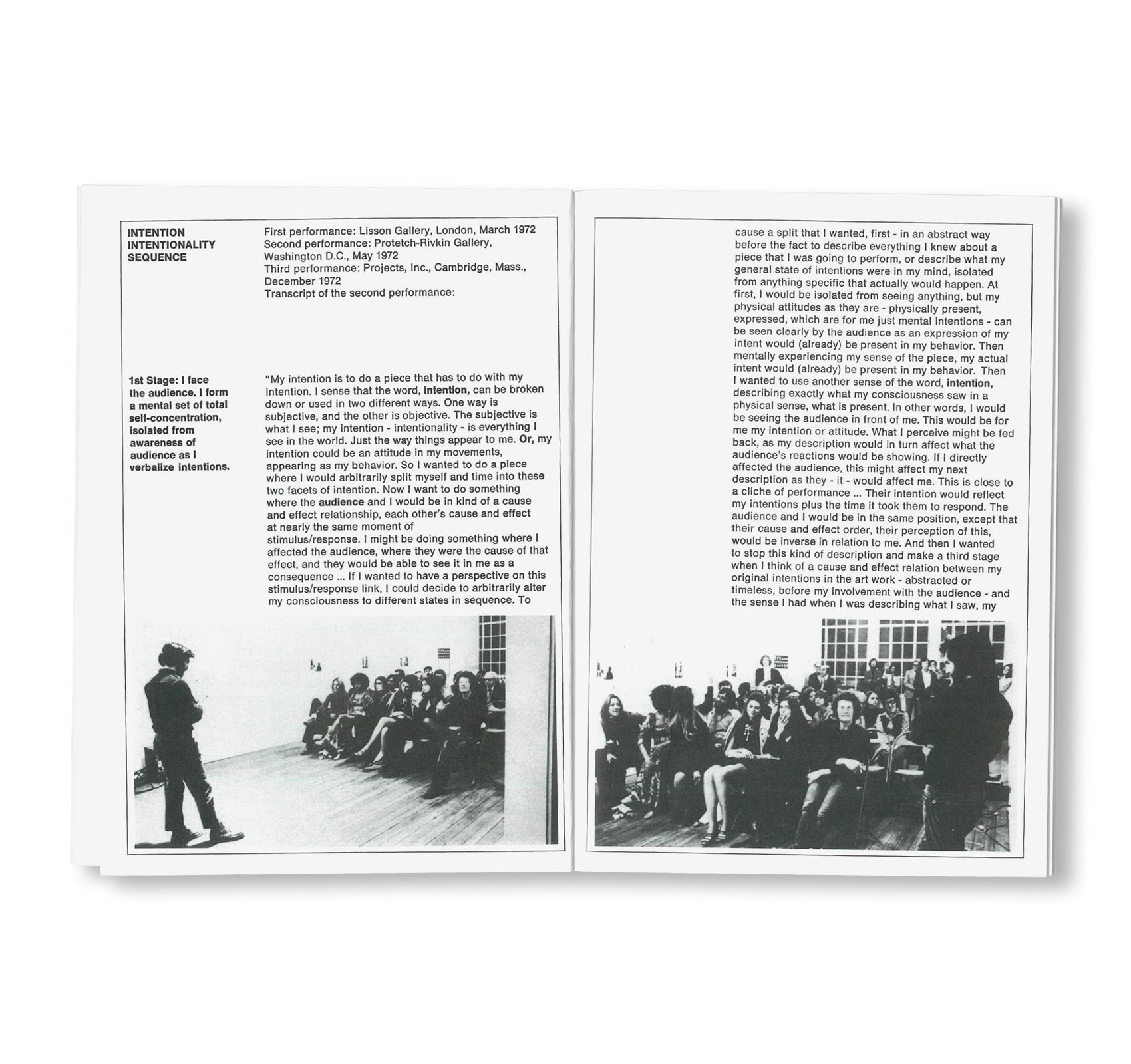
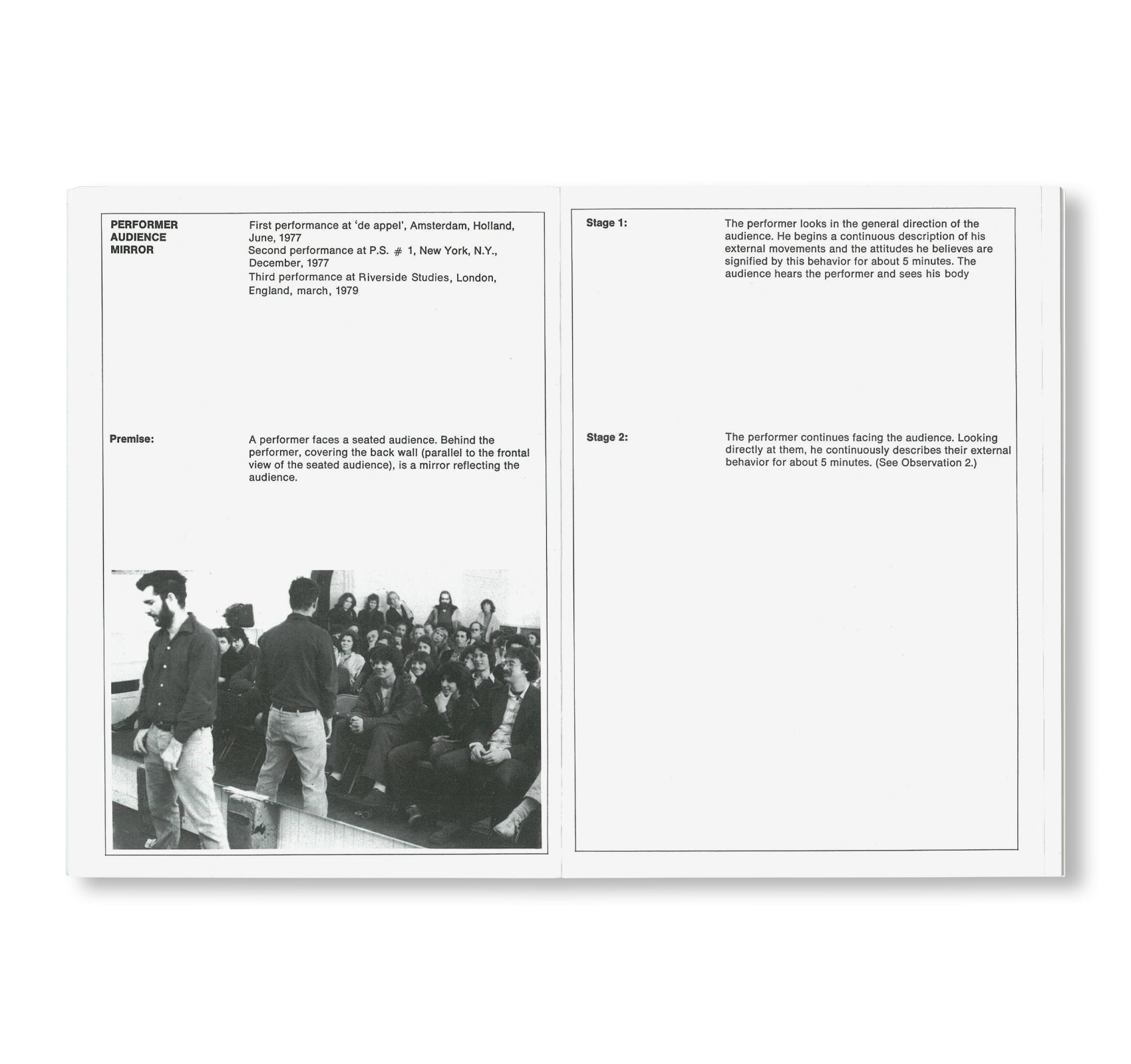
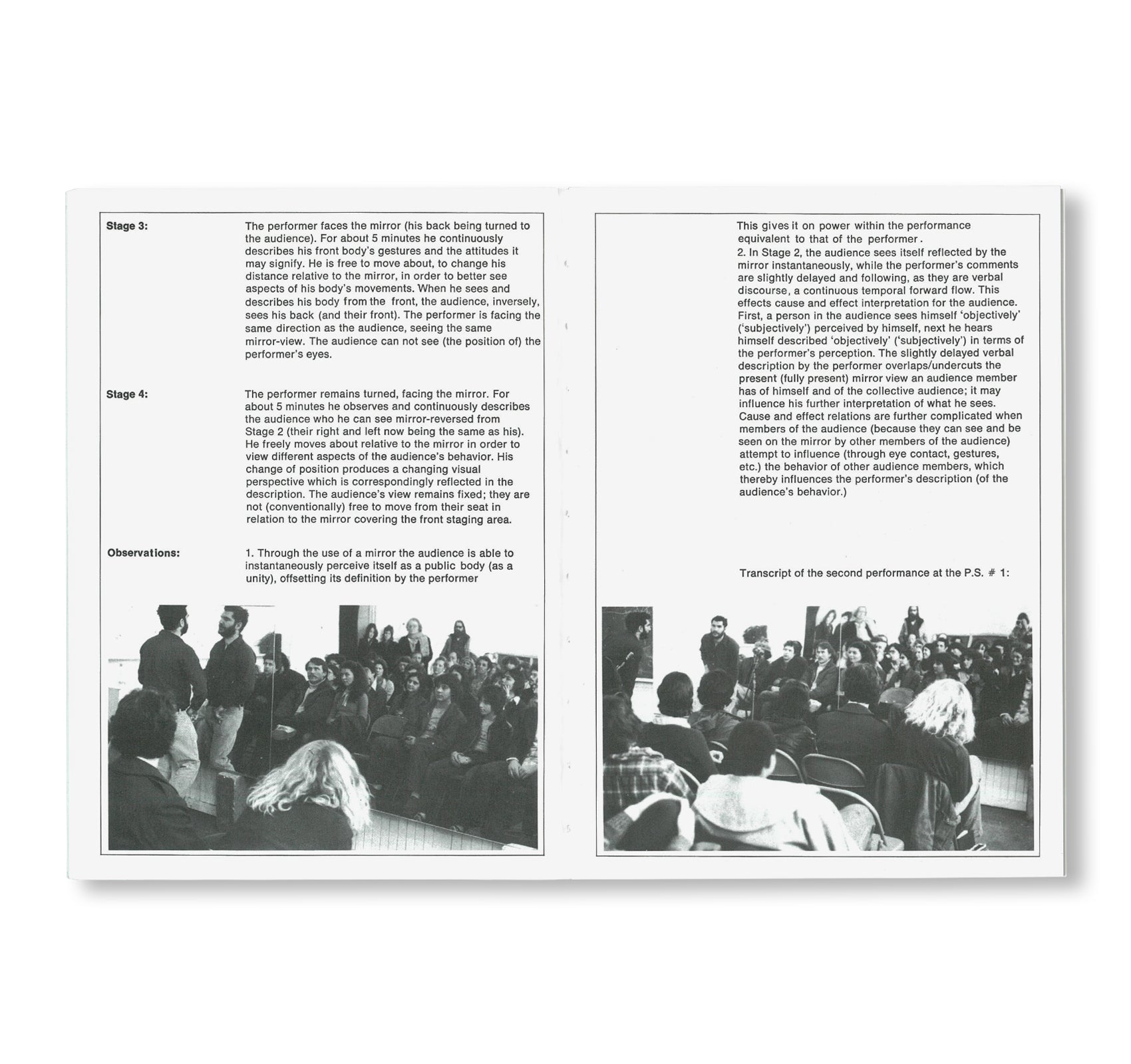
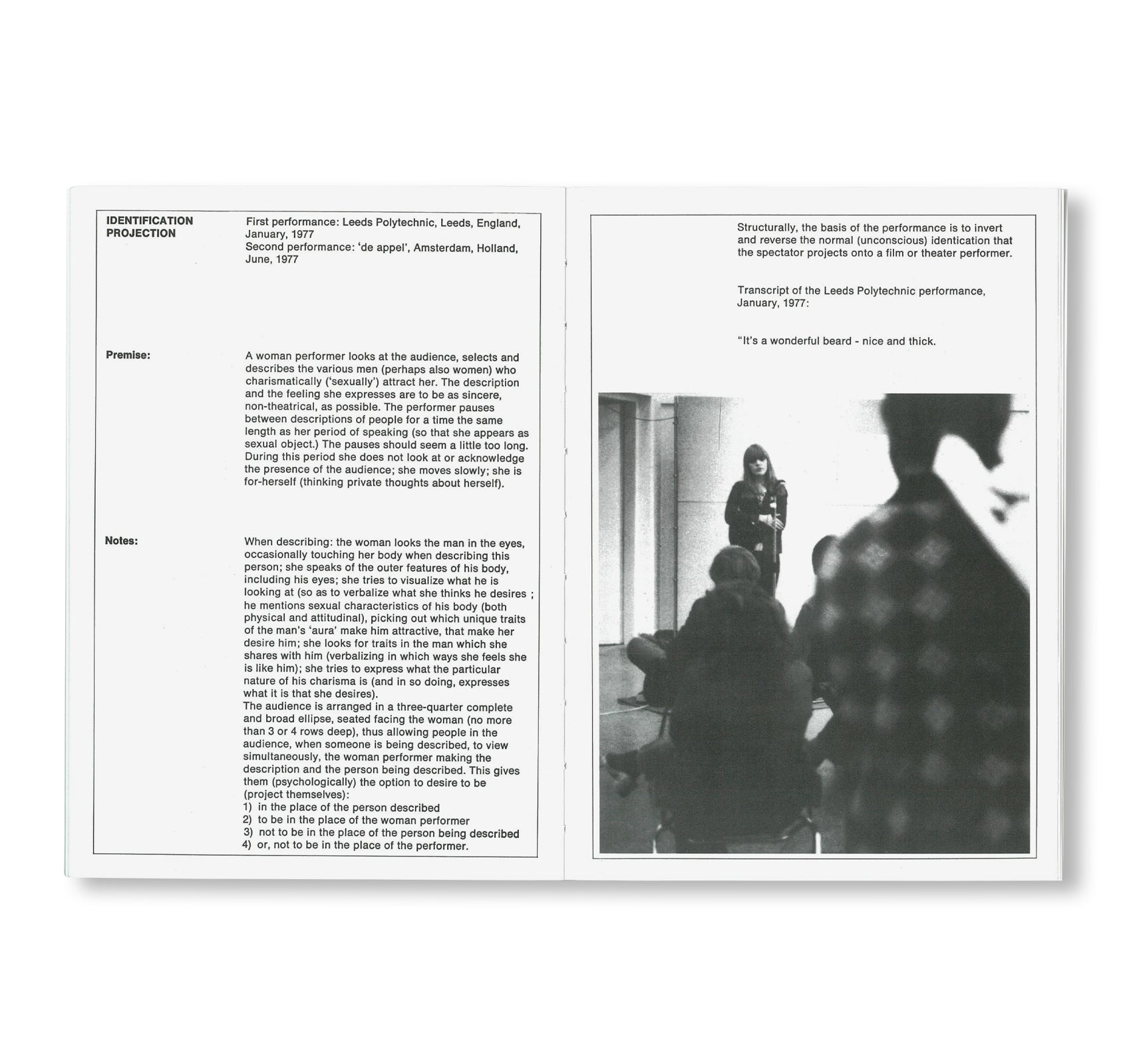


![VIDEO ARCHITECTURE TELEVISION : WRITINGS ON VIDEO AND VIDEO WORKS 1970 - 1978 by Dan Graham [REPRINTED EDITION]](http://twelve-books.com/cdn/shop/files/00_c7fb3436-3783-466c-9d18-a210d8002c08_large.jpg?v=1752462263)
